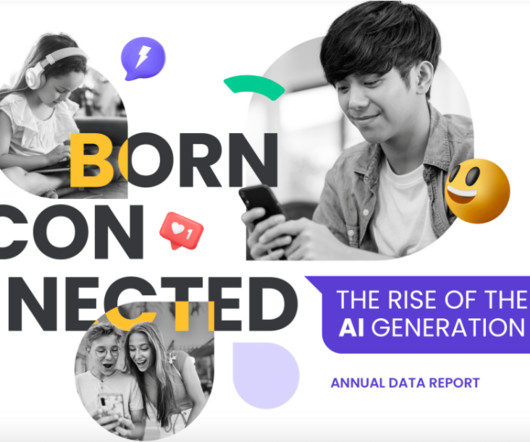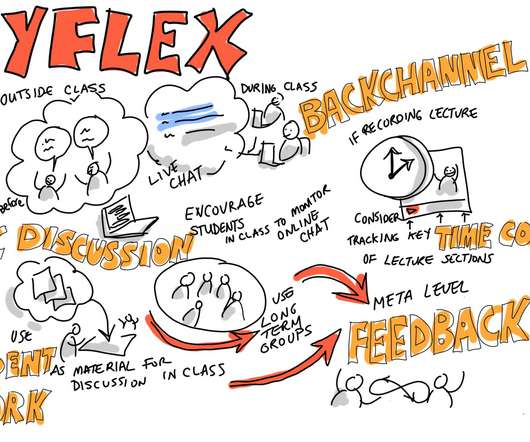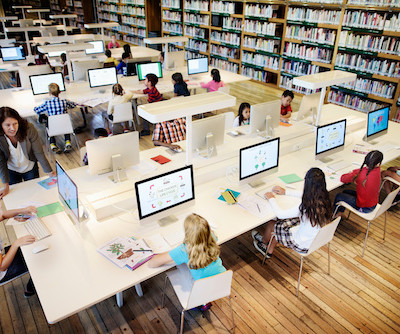Crunch the Numbers—New Data on Student Tech Use; Chromebook Predictions; And the Impact of Pandemic Relief Funds
eSchool News
FEBRUARY 26, 2024
New 5G capabilities will come online, bringing easier, faster, anywhere, anytime connectivity to computing devices for K-12 and other industries like healthcare as they begin to augment traditional wireless solutions and help bridge the digital divide. New tools are needed in cybersecurity to fight AI attacks with AI protection.















Let's personalize your content